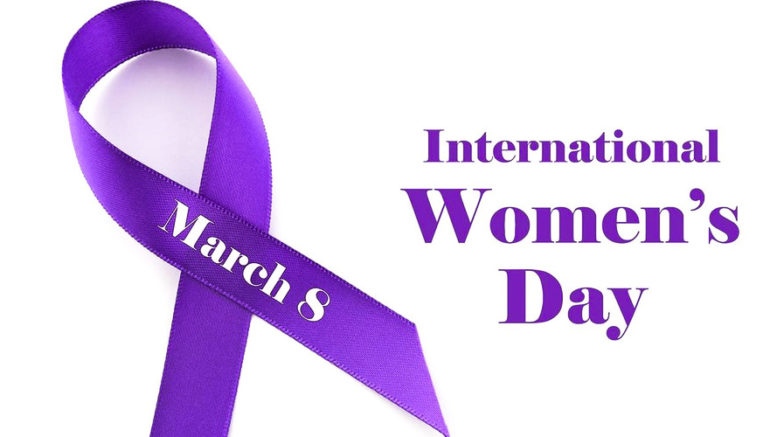Contributed by Karen Murphy
Tomorrow (6 March) will mark this year’s International Women’s Day, and the theme is “press for progress.”
International Women’s Day began as an integral part of the battle to promote women’s rights and win equality. More than a hundred years later some gains have been won, but the objective of achieving equality remains far from being realised.
The day is also a time to reflect on what has been achieved and help chart the course for the future. Marches and other events will be taking place across Australia.
In 1908, fifteen thousand women marched through New York City, demanding shorter working hours, better pay and the right to vote. This is what sparked an international movement and the first International Women’s Day took place in 2011. In 1975, it was adopted by the United Nations and in many countries has become a national holiday.
Back then, it was not about personal glass ceilings and for women to sit at the head of the Board. It was about the collective rights of women, and more so those who suffer economically and at work. An important aspect of the movement has been to win for women, the economic independence that allows them to make life choices.
A modern-day complexity is that international Women’s Day has also provided a marketing opportunity for big business and official events are hold all over the place. It works to take the sting out of the occasion and focuses on relatively more privileged women. Of course, many in the women’s movement work against this trend. Thier’s is the real International Women’s Day.
Last year, the movement to take on violence against women had a major impact. It will continue to do so this year. This is important, and it involves the home, work and all parts of society. Violence committed against other human beings, to exercise power over them, is disrespect. This is committed against men too and needs addressing. But women bear the greatest brunt.
Change requires shifting attitudes, so that both sexes can stand together as equals. It is not about one against the other.
The challenge has become greater, because the declining economic position of many and a regressive political climate mean that we are starting to go backwards. It can be seen in Australia. As work is casualised, women are affected the most. When single parents are mistreated at Centrelink, most of them are women. For those who are lucky to be in full time work, the pay gap is widening, instead of narrowing down.
When governments cut back on funding of services, women are penalised.
Women are a major proportion of the new wave of homeless sleeping in the streets.
Growing poverty and the pressure of the incredibly high cost of housing generates despair, and at worst, the spectre of rising violence in the home. Desperation for work means a tendency to accept more mistreatment, because there is no other choice.
Another problem that has been growing lately is cyber bullying. Girls are getting the worst of it.
International Woman’s Day is therefore faced with a new urgency.
The two sexes must stand together, working to change attitudes and change the world. This must include focus on the elimination of poverty, disadvantage and exploitation in general, oppose all discrimination and fight for a fairer distribution of the wealth of this country. Action must be taken to counter drift of the Australian government towards increasingly restricting established rights. Those interests pushing against positive change need to be taken on.
Women’s rights are not separate from any of these things and without taking them on, women cannot achieve equality.
Press for progress is exactly the slogan needed for today.


Be the first to comment on "International Women’s Day aims to press for progress"